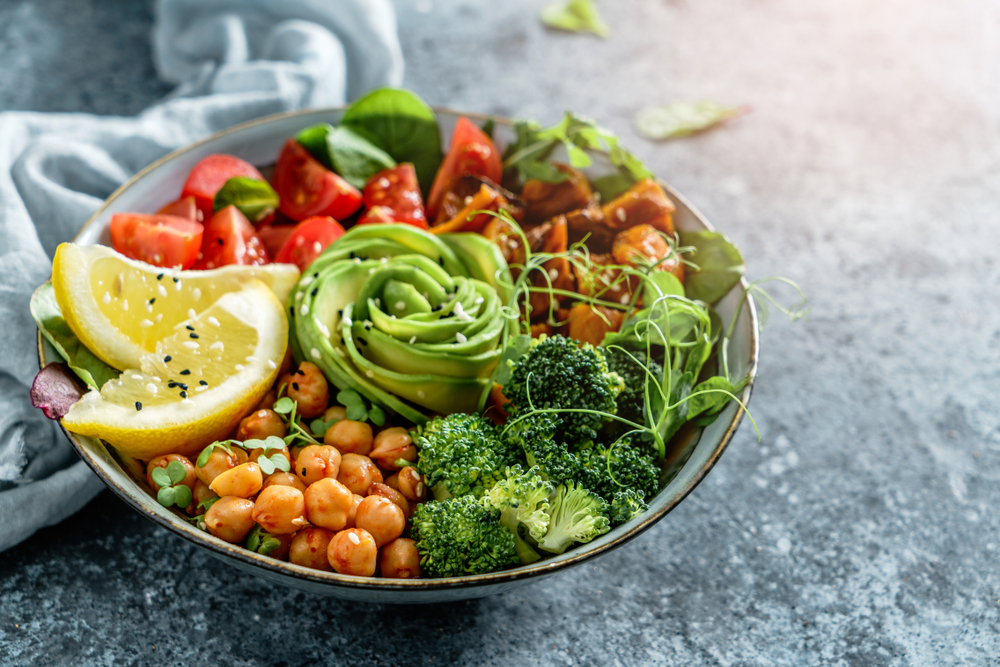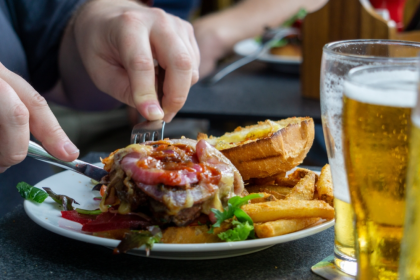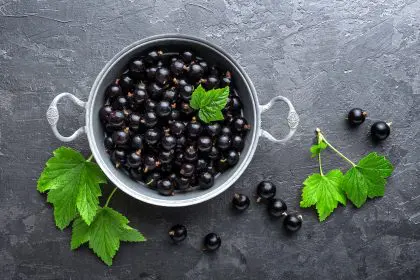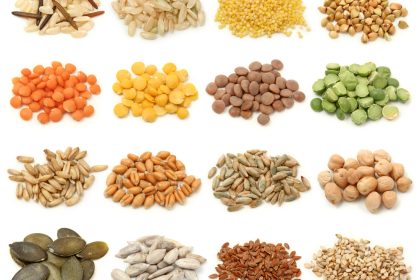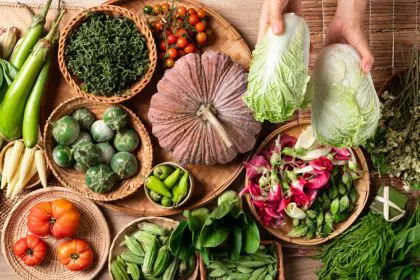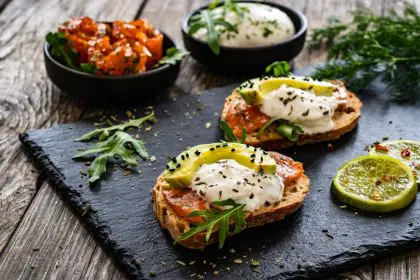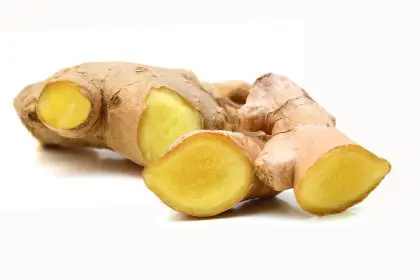Ever stood in a grocery store feeling overwhelmed by all the “clean eating” advice bouncing around in your head? You’re not alone. Between Instagram influencers pushing their detox teas and your neighbor swearing their new diet changed their life, the noise around clean eating has reached deafening levels.
But here’s the deal — most of what you’ve heard about clean eating isn’t the whole story.
What clean eating actually means in 2025
Clean eating isn’t about scrubbing your kale with soap or following some strict set of rules that makes dining out impossible. At its heart, clean eating simply means choosing foods that are as close to their natural state as possible.
Think about it this way — an apple you pick from a tree is clean eating. Apple-flavored fruit snacks with 15 ingredients you can’t pronounce? Not so much.
The no-pressure approach
Let’s be real — nobody eats perfectly all the time. The problem starts when we label foods as “clean” or “dirty” and create moral panic around our dinner plates. This mindset can spiral into unhealthy relationships with food faster than you can say “kale smoothie.”
Instead, think of clean eating as a sliding scale rather than an all-or-nothing approach. Small changes add up over time, and one processed snack won’t undo all your healthy choices.
Foods that deserve more space on your plate
When you’re aiming to eat cleaner, these foods deserve the spotlight:
Power-packed produce
Fruits and vegetables bring more to the table than just vitamins and minerals. They’re loaded with fiber that keeps your gut happy and antioxidants that fight inflammation. Plus, they’re nature’s perfect snack — already portion-controlled and packaged.
Try starting with adding just one extra serving of vegetables to your day. Even that small change can make a difference in how you feel.
Whole grains that actually satisfy
Forget what you’ve heard about carbs being the enemy. Whole grains like oats, brown rice, and quinoa provide lasting energy without the crash that comes from their refined counterparts.
The fiber in whole grains helps control blood sugar and keeps you feeling full longer, which might explain why many people report fewer cravings when they make the switch from white to wheat.
Proteins that do more
While clean eating often emphasizes plant proteins like beans and lentils, animal proteins have their place too. The key is choosing quality sources — eggs from chickens allowed to roam and peck, fish caught from clean waters, and meat from animals raised without unnecessary antibiotics.
These choices aren’t just potentially better for your body — they often taste better too. Ever noticed how a truly fresh egg has a vibrant orange yolk instead of a pale yellow one?
Fats that your body actually needs
Remember when all fat was considered bad? We now know your body needs healthy fats to absorb certain vitamins, support brain health, and even help regulate hormones.
Avocados, nuts, seeds, and olive oil all contain fats that support your health rather than undermine it. And they make food taste better too — win-win.
What to dial back without feeling deprived
While no foods need to be completely off-limits, some deserve a smaller role in your eating pattern:
Ultra-processed foods
These aren’t just “processed” — most foods undergo some processing, even washing and packaging. We’re talking about foods engineered to hit your bliss point with the perfect combination of salt, sugar, and fat that keeps you reaching for more.
Think of foods that:
- Come in packages with long ingredient lists
- Contain additives you wouldn’t find in a home kitchen
- Have been dramatically transformed from their original state
Added sugars in surprising places
Sugar isn’t just in obvious places like cookies and candy. It hides in pasta sauce, salad dressing, and even “healthy” breakfast cereals.
The average American consumes about 17 teaspoons of added sugar daily — way more than the recommended limit of 6 teaspoons for women and 9 for men. Cutting back gradually can help reset your taste buds so natural sweetness satisfies you.
Mystery ingredients
If you need a chemistry degree to understand a food label, it might be worth reconsidering. While not all additives are harmful, many ultra-processed foods contain preservatives, artificial colors, and flavor enhancers that add no nutritional value.
Making clean eating work in the real world
Clean eating sounds great in theory, but how do you make it happen when you’re busy, on a budget, or feeding picky eaters?
The gradual makeover approach
Rather than overhauling your entire diet overnight, try making one small change each week. Maybe you swap out sugary breakfast cereal for oatmeal with fresh fruit, or trade your afternoon vending machine run for a handful of nuts and an apple.
After a few months of these gradual shifts, you’ll find your overall eating pattern looks dramatically different — without the shock to your system or your schedule.
Budget-friendly clean eating
Contrary to popular belief, clean eating doesn’t have to break the bank. Beans, eggs, oats, and seasonal produce can form the backbone of a nutritious diet without premium prices.
Frozen fruits and vegetables offer nearly identical nutritional benefits to fresh ones at a fraction of the cost, and they’re already washed and chopped — perfect for busy weeknights.
The 80/20 reality check
Here’s the truth that many clean eating gurus won’t tell you — aiming for perfection usually backfires. The stress of trying to eat perfectly can actually trigger inflammation and digestive issues that undermine your health goals.
Instead, many nutrition experts recommend an 80/20 approach — focus on whole, minimally processed foods about 80% of the time, and don’t stress about the other 20%. That birthday cake or vacation dinner won’t derail your health if the foundation of your diet is solid.
Beyond the food on your plate
Clean eating isn’t just about the food itself — it’s also about transforming your relationship with eating.
Mindful eating moments
In our distracted culture, we often eat while scrolling, driving, or working. This disconnection from our food not only reduces enjoyment but also leads to overeating because we miss our body’s fullness signals.
Try creating at least one distraction-free meal each day where you can actually taste your food and notice when you’re satisfied.
The kitchen confidence factor
Learning basic cooking skills might be the most powerful step toward cleaner eating. When you prepare food yourself, you control what goes into it and develop appreciation for simple, whole ingredients.
You don’t need chef-level skills — mastering just five simple meals can revolutionize your weeknight dinner rotation and reduce dependence on takeout.
When clean becomes extreme
For some people, clean eating can become an unhealthy obsession. If you find yourself:
- Feeling intense anxiety about eating food prepared by others
- Eliminating more and more foods from your diet
- Spending excessive time and money on “perfect” foods
- Experiencing social isolation due to rigid food rules
These might be warning signs of orthorexia, an unhealthy fixation on righteous eating. In these cases, working with healthcare professionals can help restore balance.
The bottom line on eating clean
Clean eating works best as a flexible framework rather than a rigid religion. Focus on adding more whole foods to your plate rather than creating a list of forbidden foods.
Remember that nutrition is just one aspect of health — sleep, stress management, movement, and social connections all play crucial roles too. Sometimes the cleanest choice might be enjoying your grandmother’s famous cookies without guilt because the joy and connection nourish you in ways a perfect diet never could.
The cleanest diet is ultimately one that you can maintain long-term, makes you feel good both physically and mentally, and fits into your life without causing stress or isolation. Now that’s truly clean eating worth pursuing.

